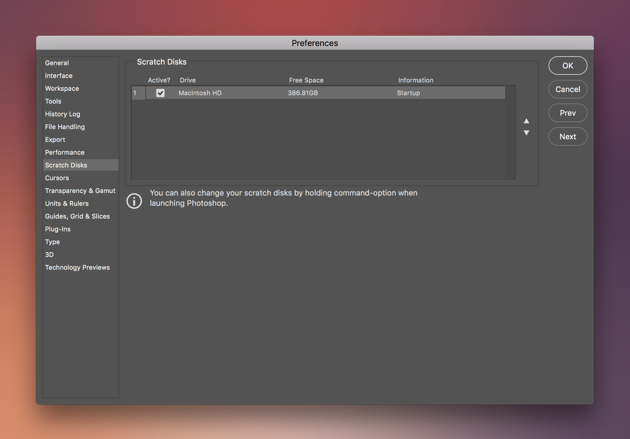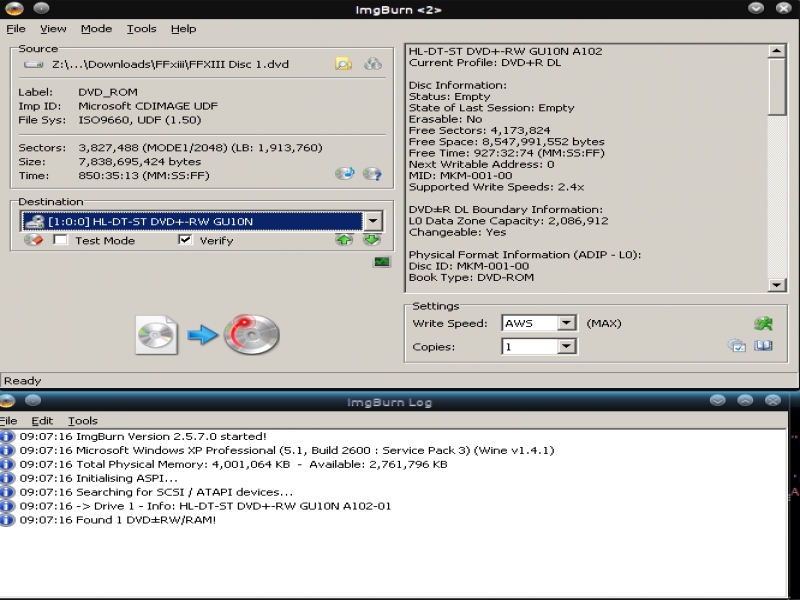

While your computer may have come with software you might use to burn ISO files (or perhaps trial versions of burning software), I delete or ignore all of those and use ImgBurn instead.

You need to use a different technique to burn an ISO file to disc.

An ISO file can be thought of as containing a data disc, with files and file system already laid out. That doesn’t work when burning an ISO file. The software then creates the file system and lays out the files on the disk. Normally, when we write data discs (CD, DVD, or Blu-ray), we might take a few files and drag and drop them into some burning software, or even use Windows itself. There’s no compression performed, so an ISO file that contains the contents of a 640- megabyte CD would itself be 640 megabytes in size. ISO files are typically exact copies of the data that would otherwise be placed onto a CD or DVD. The most common way is to burn the ISO’s content to an actual disc. There are several ways to get at the contents of an ISO file. The reason is simple: an ISO file is typically a bit-for-bit image of a CD or DVD. So you can have random other folders in the base folder.The ISO format is a popular way to distribute large packages of files that would normally appear on a CD or DVD. Only folders that are numbers will be burned. prep the template for calling ImgBurn (you can read about these flags in the ImgBurn readme file)Īrgs := "/TESTMODE NO /PORTABLE /MODE BUILD /ROOTFOLDER YES /FILESYSTEM ""UDF"" /START /WAITFORMEDIA /CLOSESUCCESS /SRC" let the user specify where the numbered folders are ("" in the above description)įileSelectFolder base,3, Select a Folder Path := "G:\workspace\programs\ImgBurn\ImgBurn.exe"

this is the path to your ImgBurn program (set it to match your system) I found this to be very conveninet (just glance at the tool tip and then your disc label to confirm you are putting in the correct disc) To help prevent accidentally mixing up the disc order, this script will display a tool tip listing the first file or folder to be burned on the next disc. The finished disc will be ejected and Imgburn will wait for you to insert the next disc.Ģ) put the files and folders into the numbered foldersĤ) run this script and pop in the first discĥ) swap discs whenever I happen to notice that my drive tray is ejected Now, all you have to do is run this script and then swap out discs at your convenience. Just prepare all the files/folders you want to burn into disc-sized chunks and arrange them as so: I recommend using the program DVDspan for quickly figuring out how to arrange your files into disc-sized folders. This script lets you set up a burn queue for ImgBurn. This script lets you get all the preparations done first so that all you have to do afterwards is swap discs whenever you notice your disc drive is ejected. Say you have a lot of files that you wish to archive to DVDs.


 0 kommentar(er)
0 kommentar(er)
